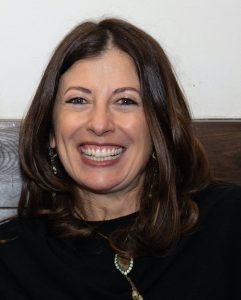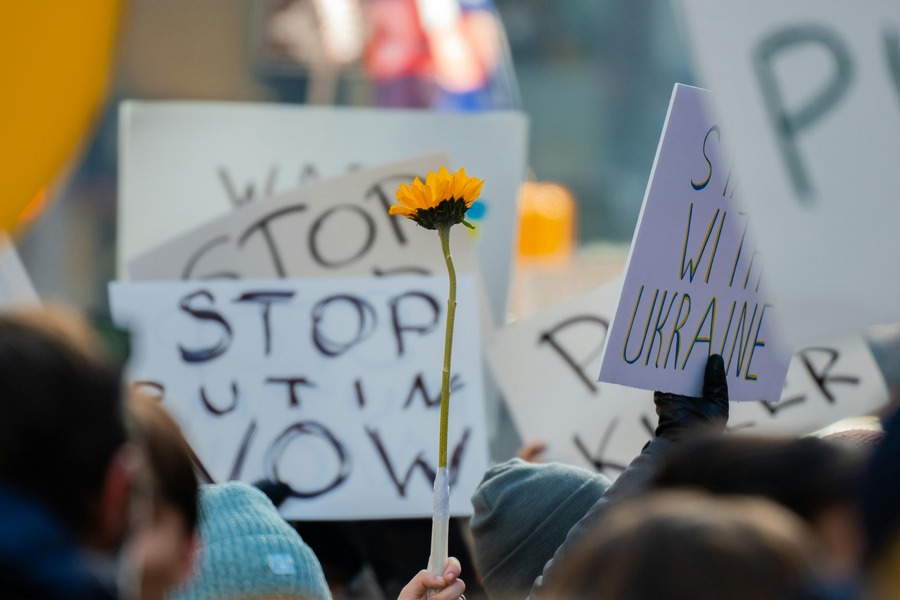
Patrick Gibbels: Potential Danish ban on door drops could set a dangerous precedent for fundraising
May 11, 2022
Vicky Reeves: Changing payment mechanisms & the opportunities for nonprofits
June 8, 2022Outdated funding models, a power imbalance between nonprofits and their funding partners and ideological barriers around operating costs run the risk of trapping nonprofits in a starvation cycle. In this blog, Philea and Assifero’s Carola Carazzone explores the shift towards new funding practices, impacting the power, voice, resilience, creativity and change-making impact of grantees.
The world is fast, ever-changing, complex, and interconnected. On one hand that is exciting: there are new opportunities to grasp and spaces for creativity, solutions and ideas are thriving. On the other, we are facing a dual obstacle: inadequate tools and the persistence of ideological barriers inherited as the status quo.
Now is the time for change. Only through a shift in the cultural paradigm and mindset around private philanthropy, can we develop new tools, freeing up all the innovative potential of social transformation that the present day offers.
The nonprofit sector plays a key role in imagining and providing solutions to tackle the world’s biggest challenges. And philanthropy is in a distinctive position to make the difference, considering its independence, long-term vision, flexibility, and the quality, not only quantity, of resources it can make available.
But first, we must overcome the main cultural ideological barriers, not least the assumption that, for nonprofits to be efficient, they should keep their operating and organisational costs to the very bone. Another sticking point is the view that all funding must be project-related and allocated to fixed outputs and activities. Furthermore, the imbalanced power dynamic between grant-makers and grantees can be an obstacle to transparent and open conversations on actual needs and learnings from the failures of the past.
These false myths combined have a strangling effect, keeping civil society organisations in a “starvation cycle”. This means there is little investment in their resilience, capacity, structure and development, limiting their impact and their ability to take a long-term view. In other words, this can prevent nonprofits from being the transformative force they are meant to be, (see humentum’s report, Breaking the Starvation Cycle).
Infrastructure organisations like Philea – Philanthropy Europe Association are already working with funders to shift towards more flexible, long-term, organisation-oriented funding practices. In 2020, during the initial peak of the pandemic, Dafne and EFC (today merged into Philea) launched a pledge for more flexible funding and adaptive reporting. It was signed by 186 organisations across the continent, with a similar campaign in the US attracting almost 800 signatories. And back in 2018, Assifero, the Italian association of grantmaking foundations, raised this issue with a call to action for funders across Europe.
Even though the old mindset is still common, awareness is growing about how funding practices can impact the power, voice, resilience, creativity, and change-making impact of grantees. With that, we are seeing a few key principles gaining consensus and becoming more widespread among foundations. These include:
Investing with a long-term approach, not just project funding. Investing in the organisational development of grantees is essential to ensure their capacities and capabilities, strengthen their sustainability, and retain the best talent. It is key to achieving the mission. General operating costs are not the enemy. Instead, they are pivotal to attaining it. Different foundations across Europe are moving towards this approach and are collecting evidence to make a solid case. For instance, in 2020, OAK Foundation, Laudes Foundation, Mava Foundation, Mercator and Peace Nexus published a report sharing insights on how to engage in organisational development, discussing the institutional set-up needed, exploring the process and highlighting ongoing dilemmas.
Moving towards a partnership dialogue-based approach. Grantees are by no means passive beneficiaries, they are foundations’ main partners. Communications with them should be a two-way street. This starts with attentive listening using tools such as the anonymised “Grantee perception report”, offered by the CEP – Centre for Effective Philanthropy. This has already been adopted by over 300 foundations across the globe.
Collaboration among funders to untap collective impact and potential. Collaborative funds with a specific focus and mission are a powerful way for funders, small and big, to come together and enhance their impact. Civitates, for instance, a philanthropic initiative for democracy and solidarity in Europe, is one example of a mission-oriented pooled fund that invests in civil society organisations across Europe. Others are EPIM (European Programme for Integration and Migration), sparked by 25 foundations, and the newly born Alliance for Gender Equality in Europe, which brings together local and pan-European civil society actors with diverse funders to progress gender equality and women’s rights.
Going beyond grants and strategically using all the tools in the box. Foundations have so much more than money to give. They can be a strategic partner for grantees, sharing human, social and relational resources, all of which can be key for the organisation’s development. OAK Foundation, for instance, dedicates a large percentage of its funding to core support programmes, while providing a series of flexible tools to strengthen the organisations, including strategic litigation, support for dedicated initiatives, and facilitating collaborations with other entities. In Italy, Fondazione Compagnia di San Paolo has defined in its 4-years strategic plan a set of 19 tools (beyond financial support) to offer grantees further elements to advance their work, structured around their needs.
New innovative funding practice possibilities. With the evolution of financial instruments, different foundations are exploring new type of solutions to invest in grantees, that can be integrated with grantmaking activities. DOEN Foundation, for instance, has set up an impact investment company (DOEN Participaties) within its organisation, which can act as an early-stage investor. One of their success stories is the social enterprise Fairphone, the first fair trade, modular phone. To develop the idea, DOEN supported the initiative with a grant from its creative programme. Then, when the company was established, DOEN Participaties became a shareholder in Fairphone.
Endowment as a strategic asset. There is a rising trend for foundations’ endowments to play an active role in achieving their own mission. In addition, to avoid aggravating the problems that the foundation is trying to solve (e.g. fossil fuels), organisations are shifting towards a less conservative approach in their portfolio management, aligning it with their mission. For instance, Foundation Scotland became the first European foundation to establish a Social Impact Investment Portfolio developed within the framework of the Sustainable Development Goals.

Carola Carazzone, Assifero
Foundations and philanthropic institutions need to realise that if grantees are empowered to achieve their mission, they as funders will better fulfil theirs. Precisely for this very reason, grantees and funders are not counterparts: they are allies in achieving the same horizon of impact. Therefore, it is key to rethink and reshape funding practices, for funders to empower the organisations they support and achieve the systemic change to build a more sustainable, equitable and fair world. This is our chance to embrace the complexity of today’s world with new tools and mindsets.
About Carola Carazzone
International human rights lawyer, Carola Carazzone is secretary general of Assifero – the Italian association of grantmaking foundations and incoming vice president of Philea. She holds a multitude of board roles, having been the first Italian woman to be appointed chair of the Board of Dafne. She also serves as an advisory board member of Ariadne (European Funders for Social Change and Human Rights), ECFI (European Community Foundation Initiative), Alliance Magazine’s Editorial Board, Ashoka Italia’s Advisory Committee and Philanthropy Coalition for Climate. In 2017, she was appointed senior fellow at the Centre on Philanthropy and Civil Society at the City University of New York.
Main photo by Hannah Busing on Unsplash




